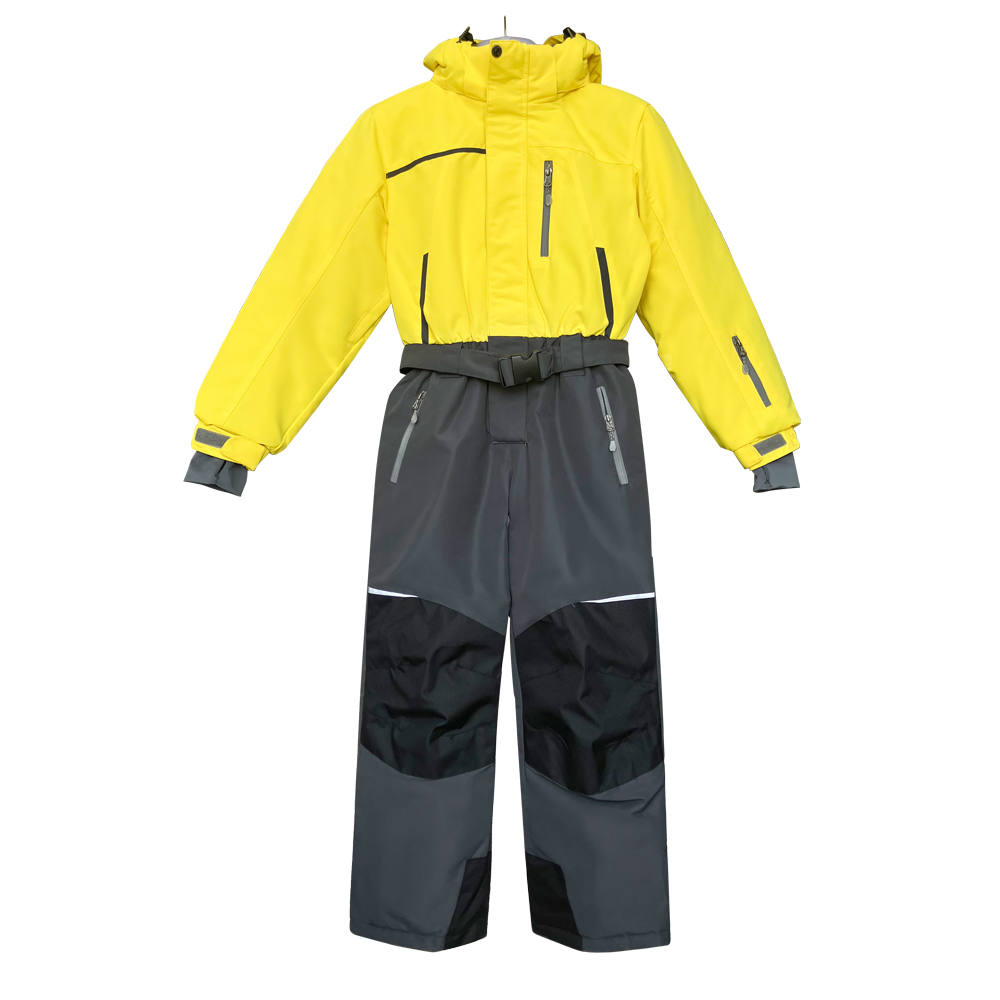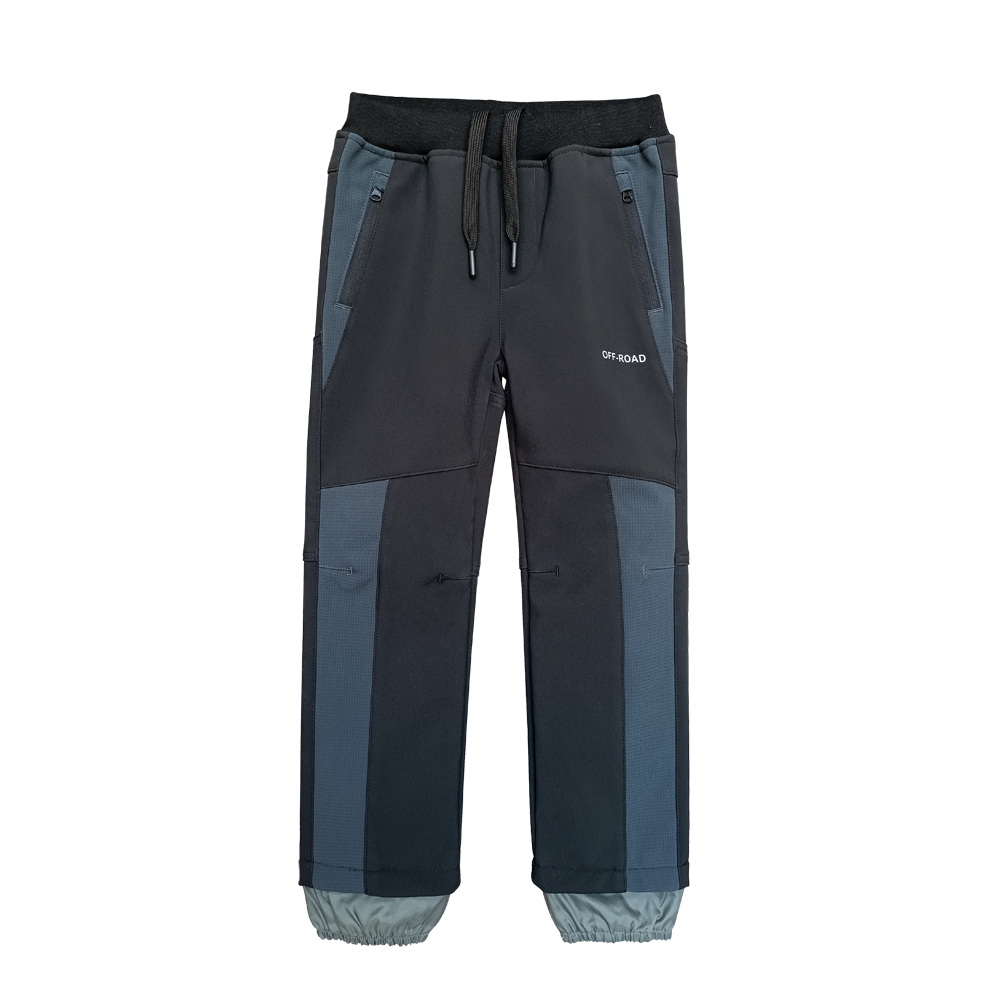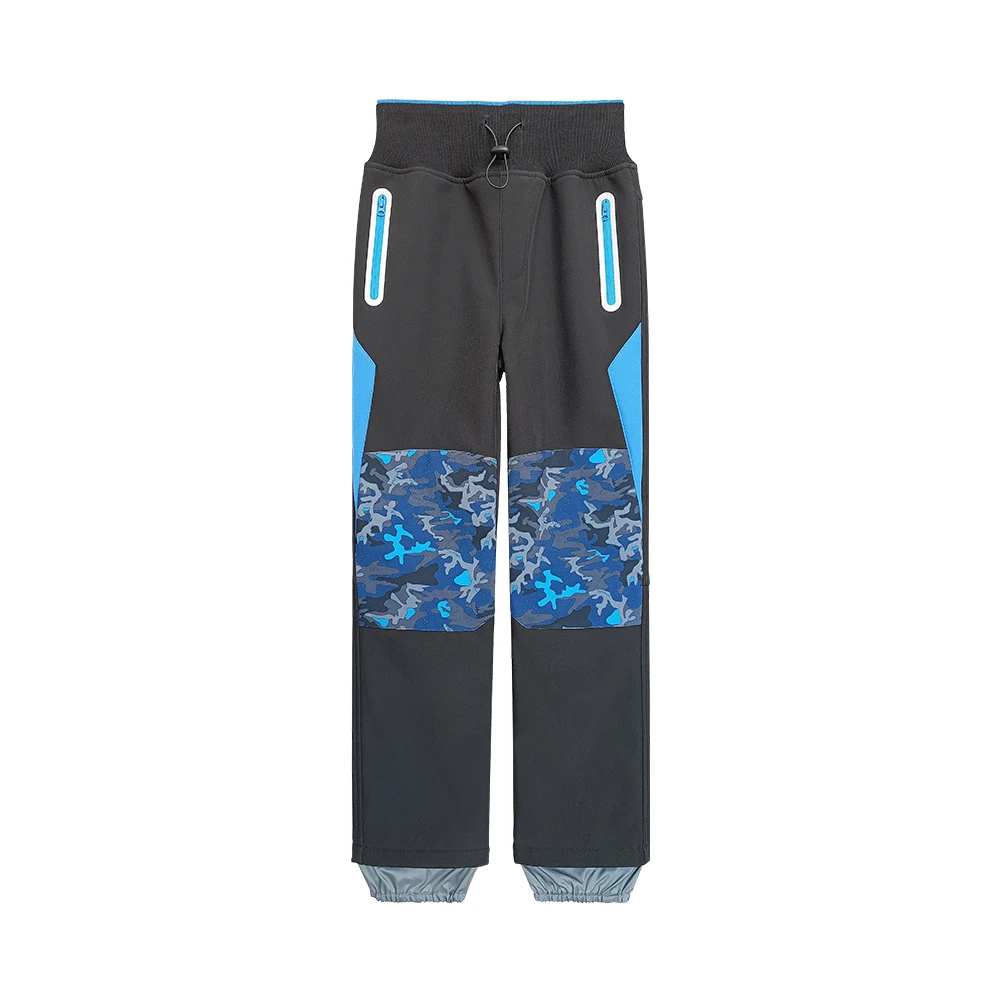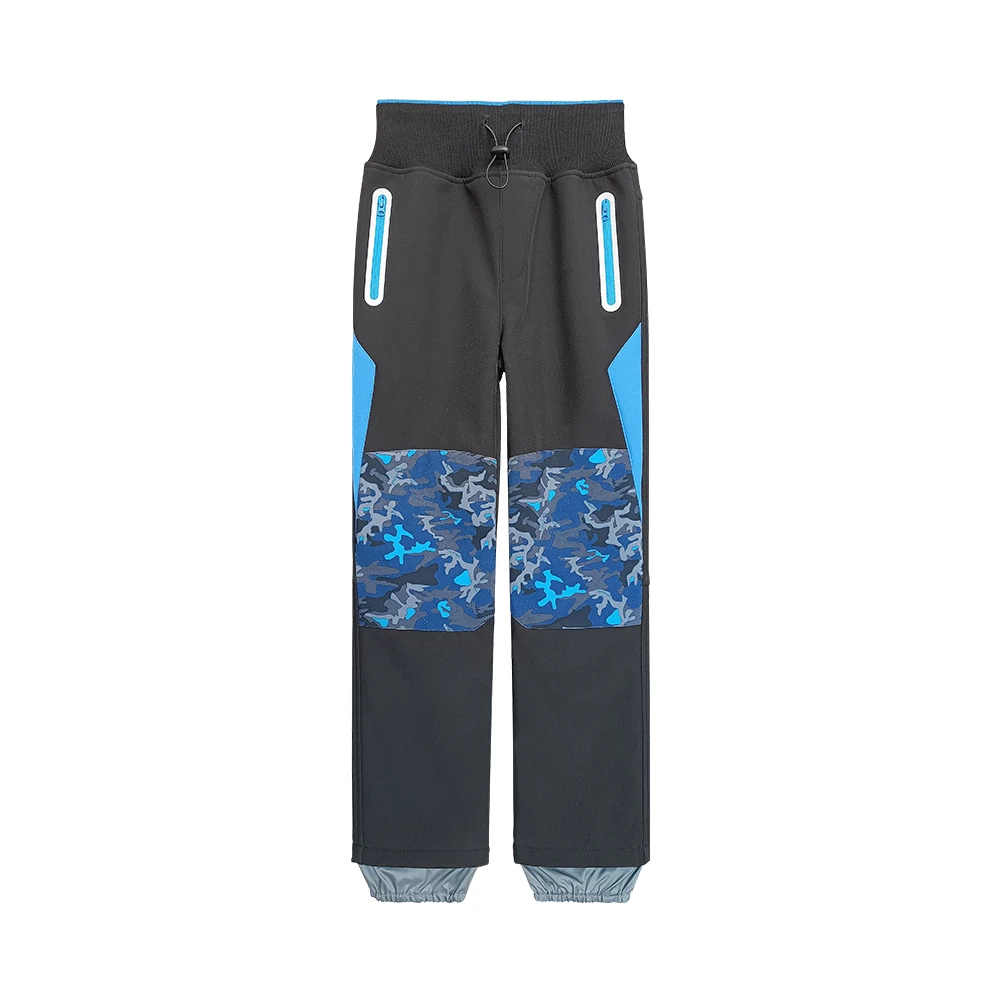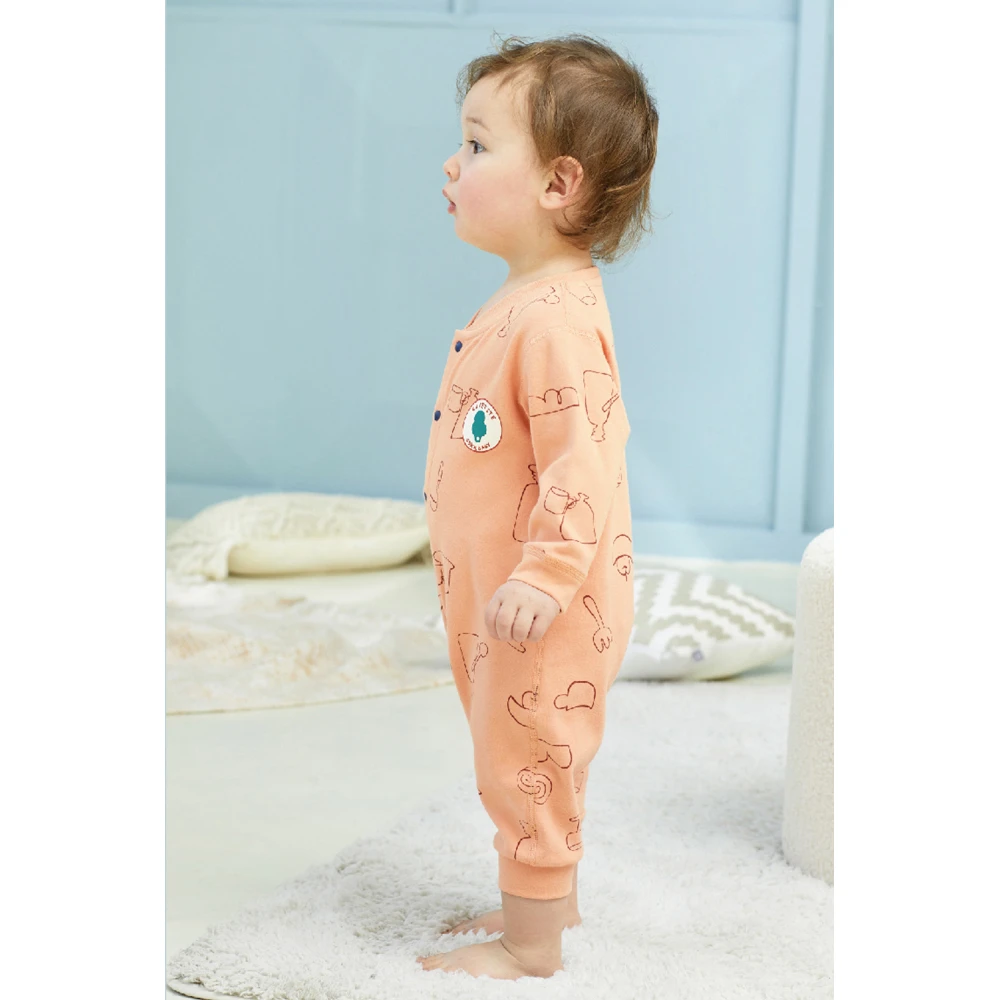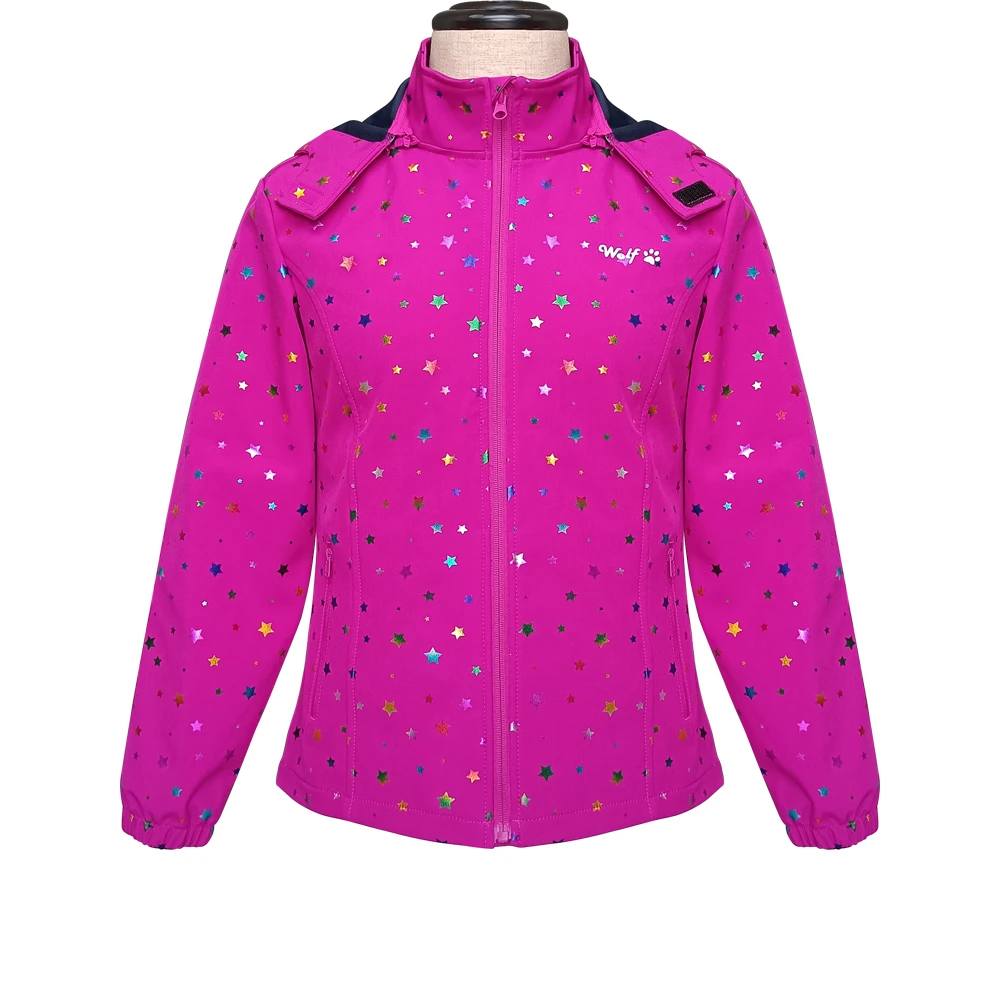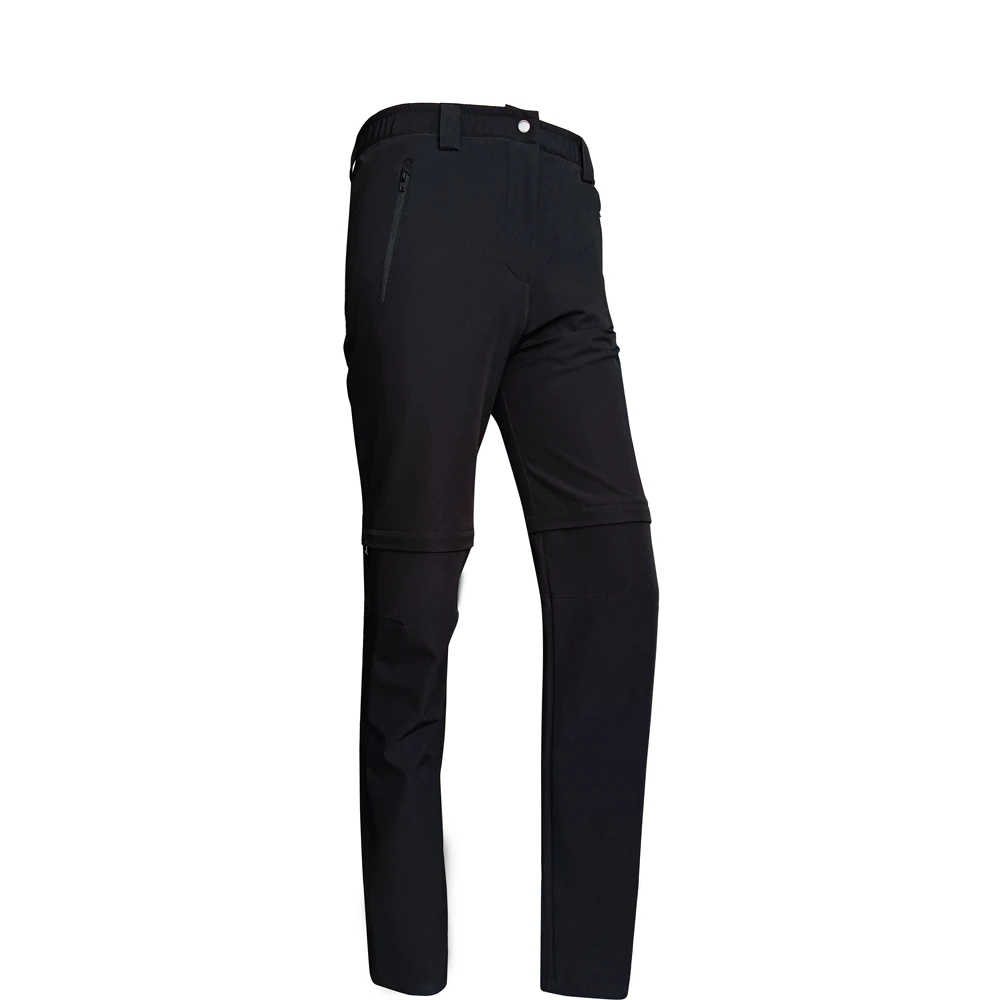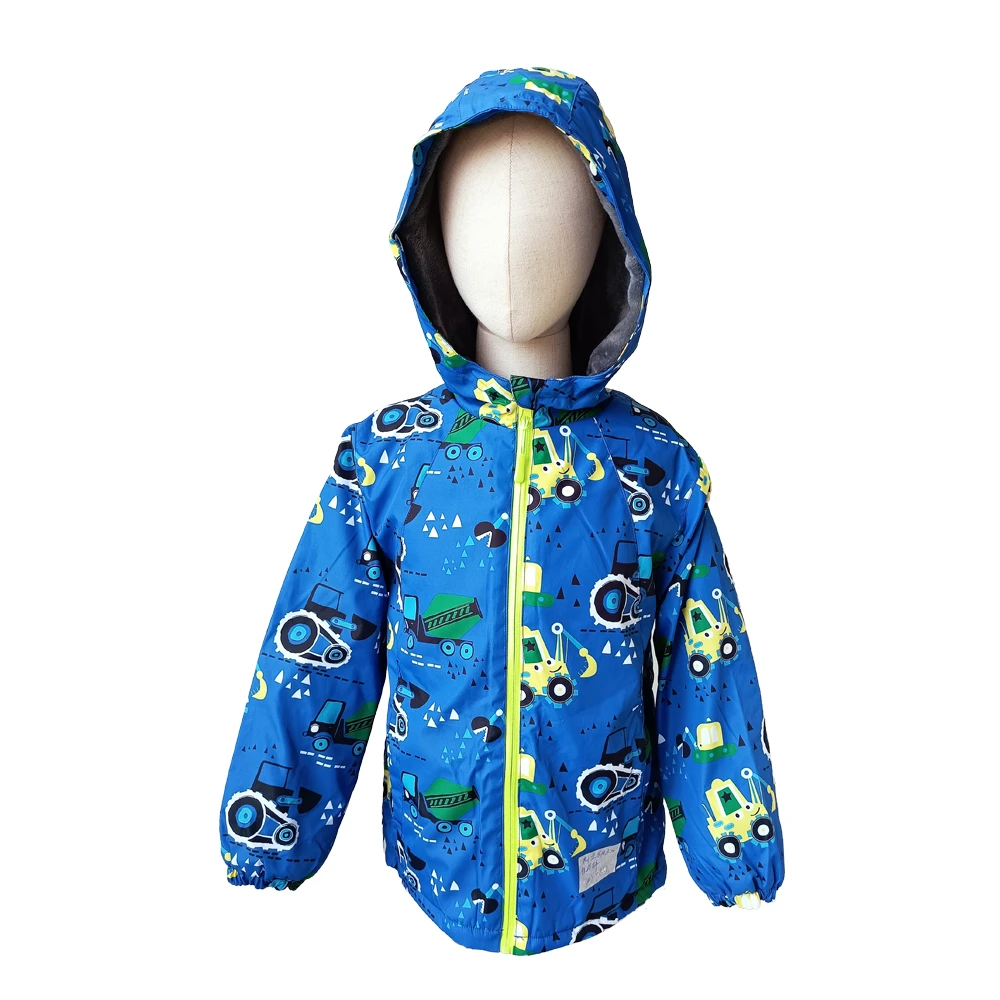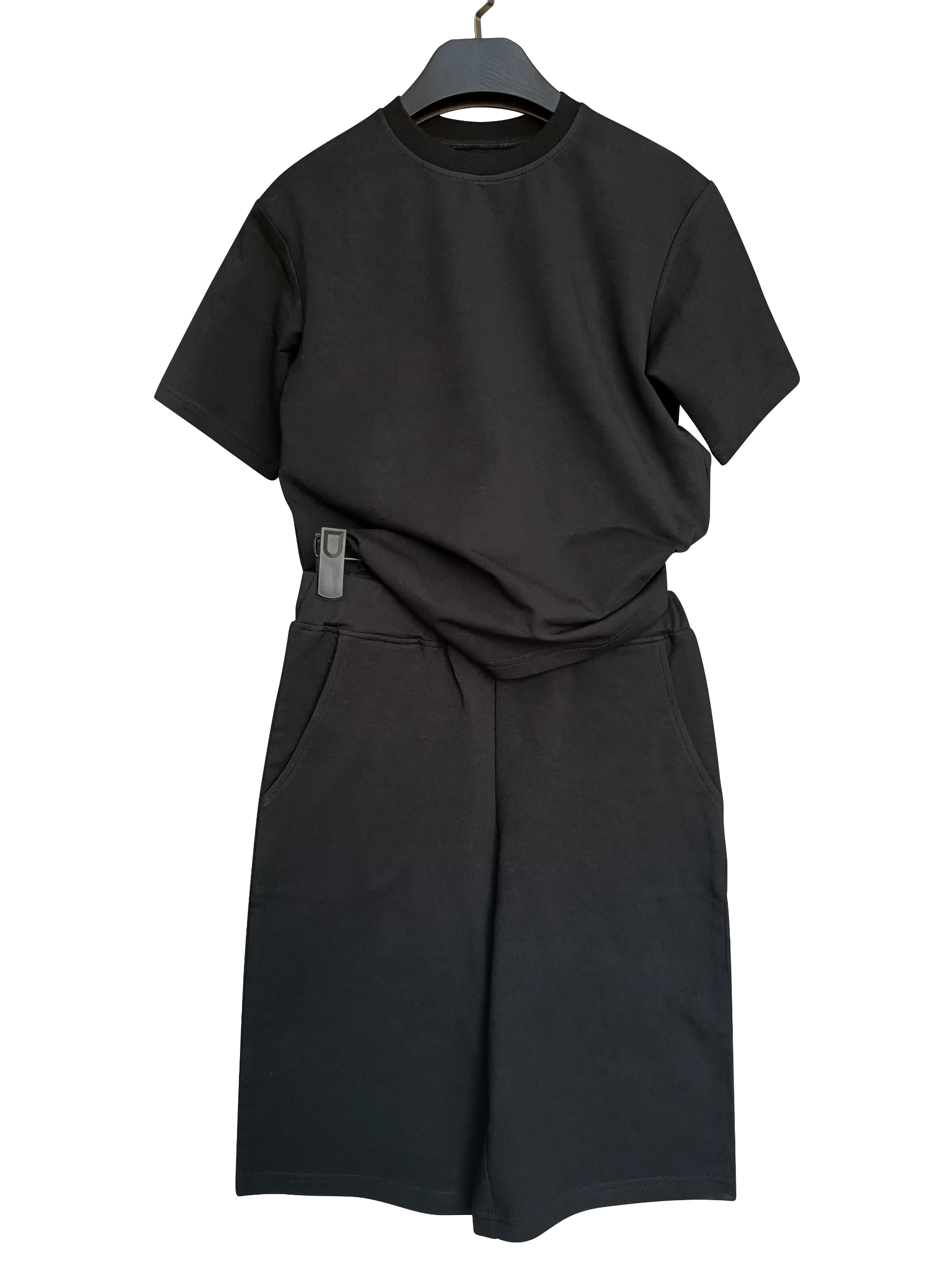The Evolving Landscape of Men’s and Women’s Clothing
The world of fashion is a reflection of society's ever-changing dynamics, and the evolution of men's and women’s clothing is no exception. Traditionally, fashion has been gendered, with men’s clothing focusing on practicality and functionality, while women’s clothing often emphasized aesthetics and adornment. However, in recent years, these distinctions have blurred, leading to a vibrant and diverse fashion landscape.
Historical Context
Historically, men’s clothing has been characterized by tailored suits, shirts, and trousers, designed with an emphasis on formality and professionalism. On the other hand, women’s clothing ranged from corsets and petticoats in the past to modern dresses and skirts, often reflecting the era’s aesthetics. The industrial revolution brought about mass production, making clothing more accessible, yet still largely segregated by gender.
As societal roles shifted, so too did clothing. The women’s liberation movement in the 1960s and 70s saw a significant change, with women increasingly adopting styles that were once exclusive to men. The rise of women in the workforce necessitated more practical clothing, leading to the popularity of trousers for women—a garment once deemed solely masculine.
Contemporary Trends
In contemporary fashion, the lines between men’s and women’s clothing have further blurred. Brands are increasingly embracing gender-neutral and unisex designs, reflecting a society that values inclusivity and individual expression. This shift is not only a reflection of changing societal norms but also a response to a growing awareness of gender fluidity.
Fashion designers such as Jonathan Anderson and brands like Gucci have championed androgynous styles, making it fashionable to mix and match traditionally gendered clothing. This has led to a rise in oversized silhouettes, streetwear, and gender-neutral clothing lines that cater to a wider audience. Retailers are adopting a more inclusive approach, offering items that can be worn by anyone, regardless of gender.
men and womens clothing

The Impact of Social Media
Social media has played a pivotal role in transforming the fashion landscape. Platforms like Instagram and TikTok have allowed individuals to showcase their unique styles, irrespective of the traditional boundaries of men’s and women’s clothing. Influencers and everyday users alike are leveraging these platforms to challenge the norms and promote a more inclusive and diverse approach to fashion.
Social media also provides a space for marginalized voices within the fashion industry, such as plus-size models and non-binary individuals, to share their perspectives and advocate for representation. As a result, brands are responding by diversifying their product ranges to cater to different body types and gender identities.
Sustainability and Ethical Fashion
Another significant trend shaping the future of men’s and women’s clothing is the movement towards sustainability and ethical fashion. As consumers become more aware of the environmental and social impacts of fast fashion, there is a growing demand for sustainable practices in clothing production. Brands are being held accountable for their supply chains, and many are turning to eco-friendly materials and ethical labor practices.
This trend also intersects with the evolving nature of gendered clothing. Many sustainable brands are focusing on timeless, versatile pieces that can be mixed and matched, encouraging consumers to invest in fewer, higher-quality items that defy traditional gender norms. As a result, consumers can build wardrobes that reflect their personal style rather than conforming to outdated fashion standards.
Conclusion
The evolution of men’s and women’s clothing reflects broader societal changes, challenging traditional notions of gender and style. As the boundaries continue to blur, the fashion industry is embracing diversity and inclusivity, allowing individuals to express their identity through clothing without the constraints of gender norms. This progressive shift, fueled by social media and a commitment to sustainability, is reshaping the landscape of fashion. Ultimately, the future of clothing is not just about what we wear, but how we choose to represent ourselves, creating a space where everyone can feel comfortable and confident in their choices. Fashion is becoming a celebration of individuality, transcending the labels of “men’s” and “women’s” clothing.


